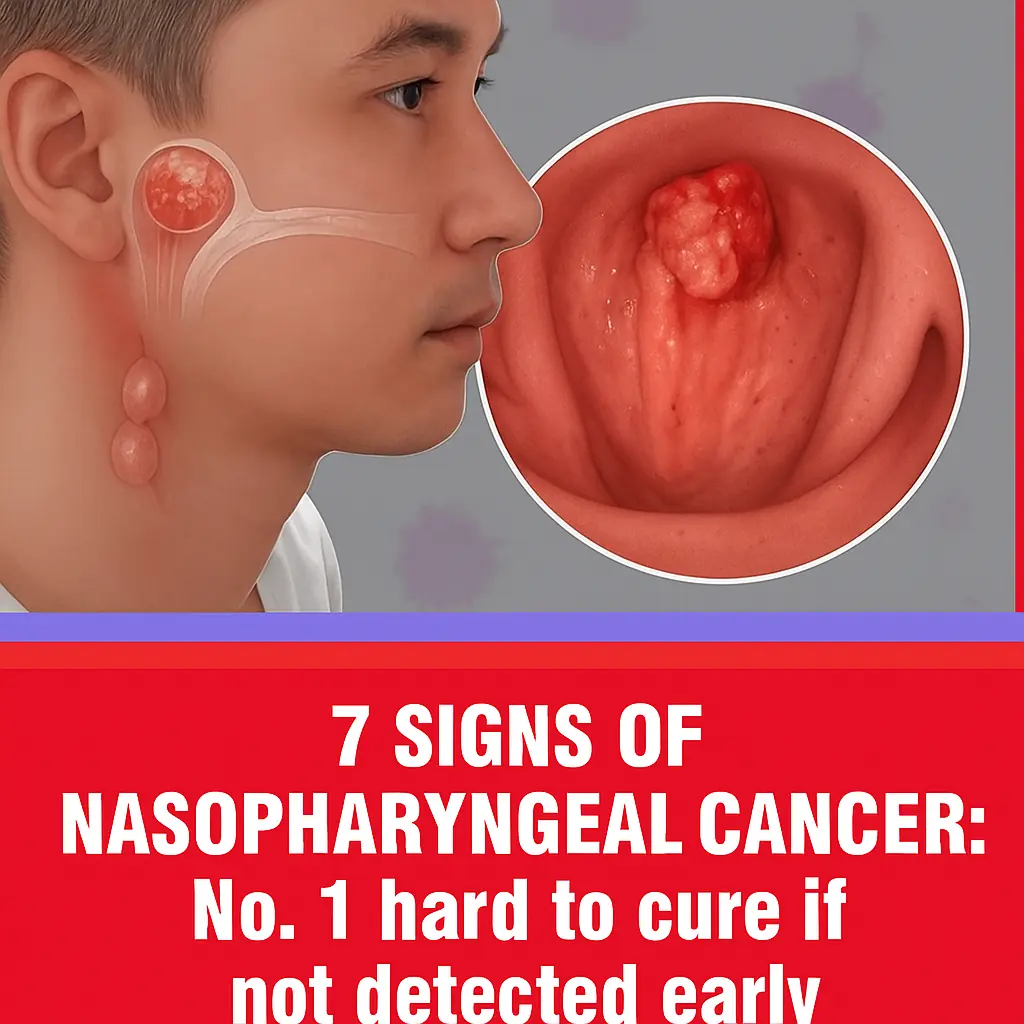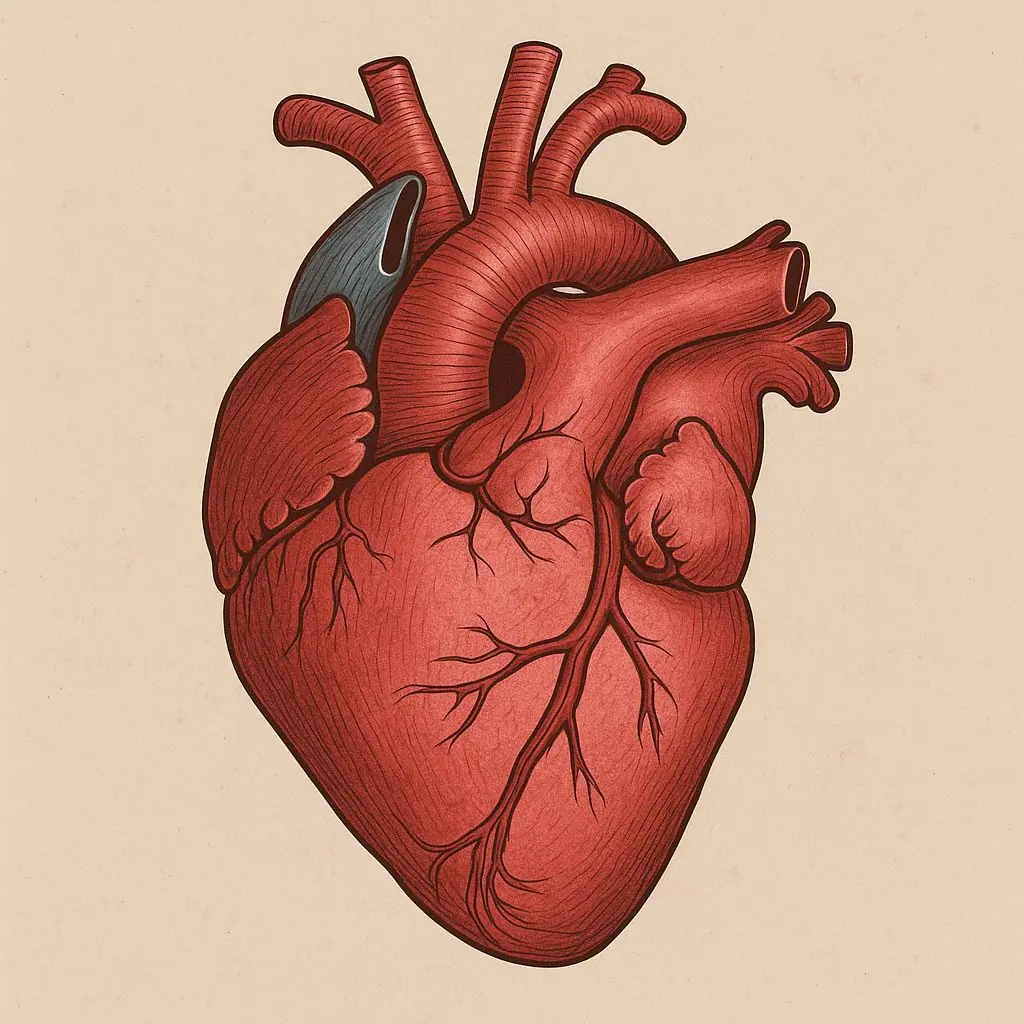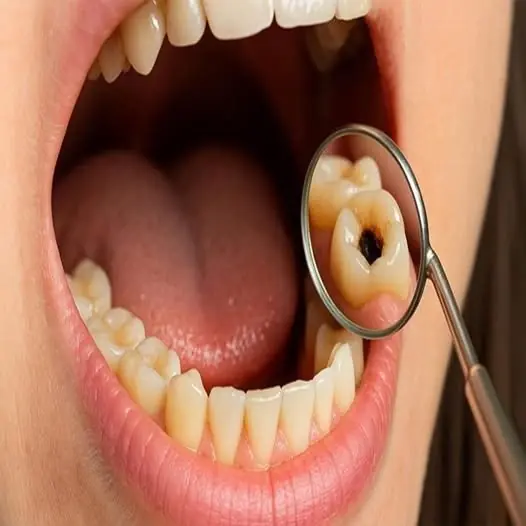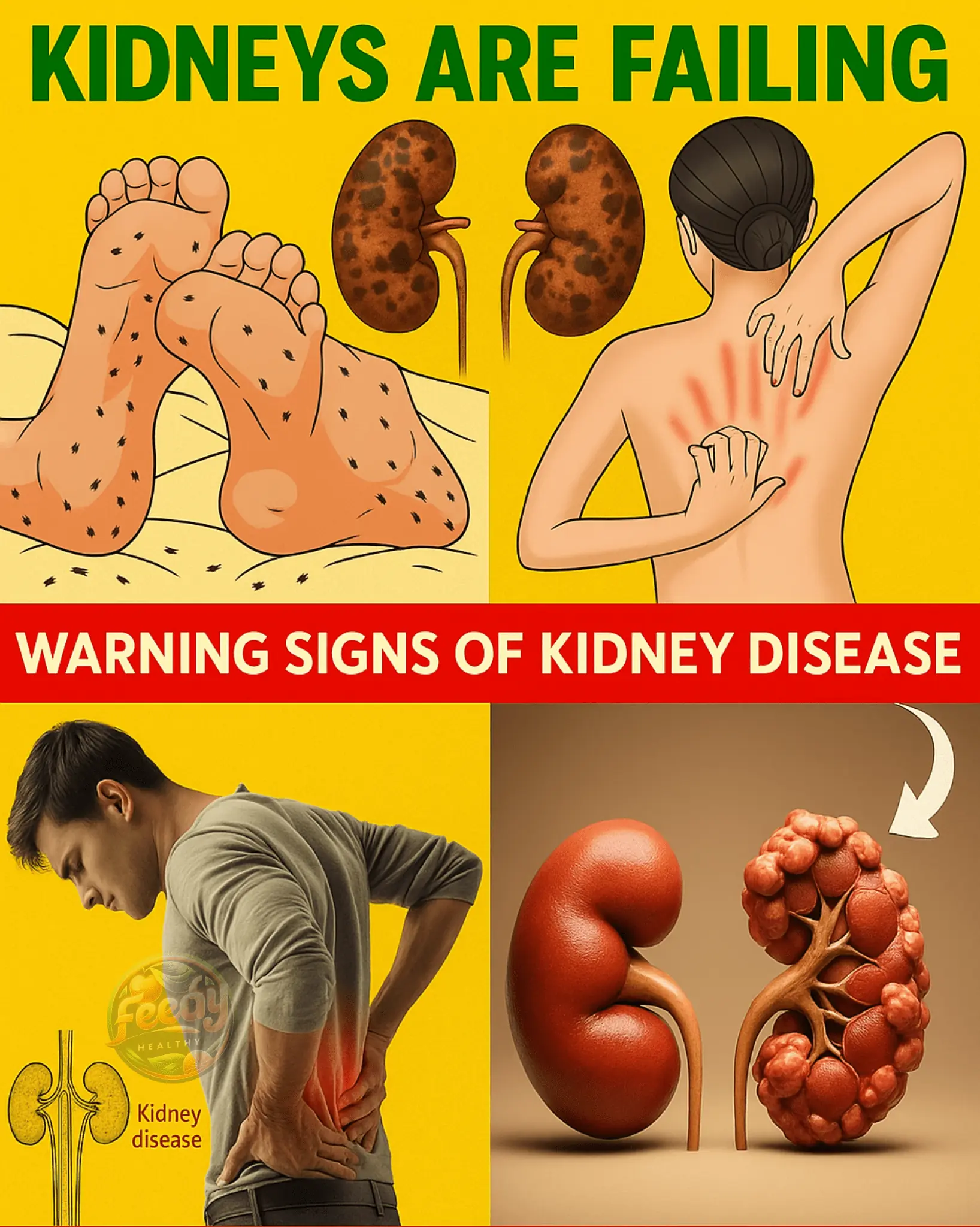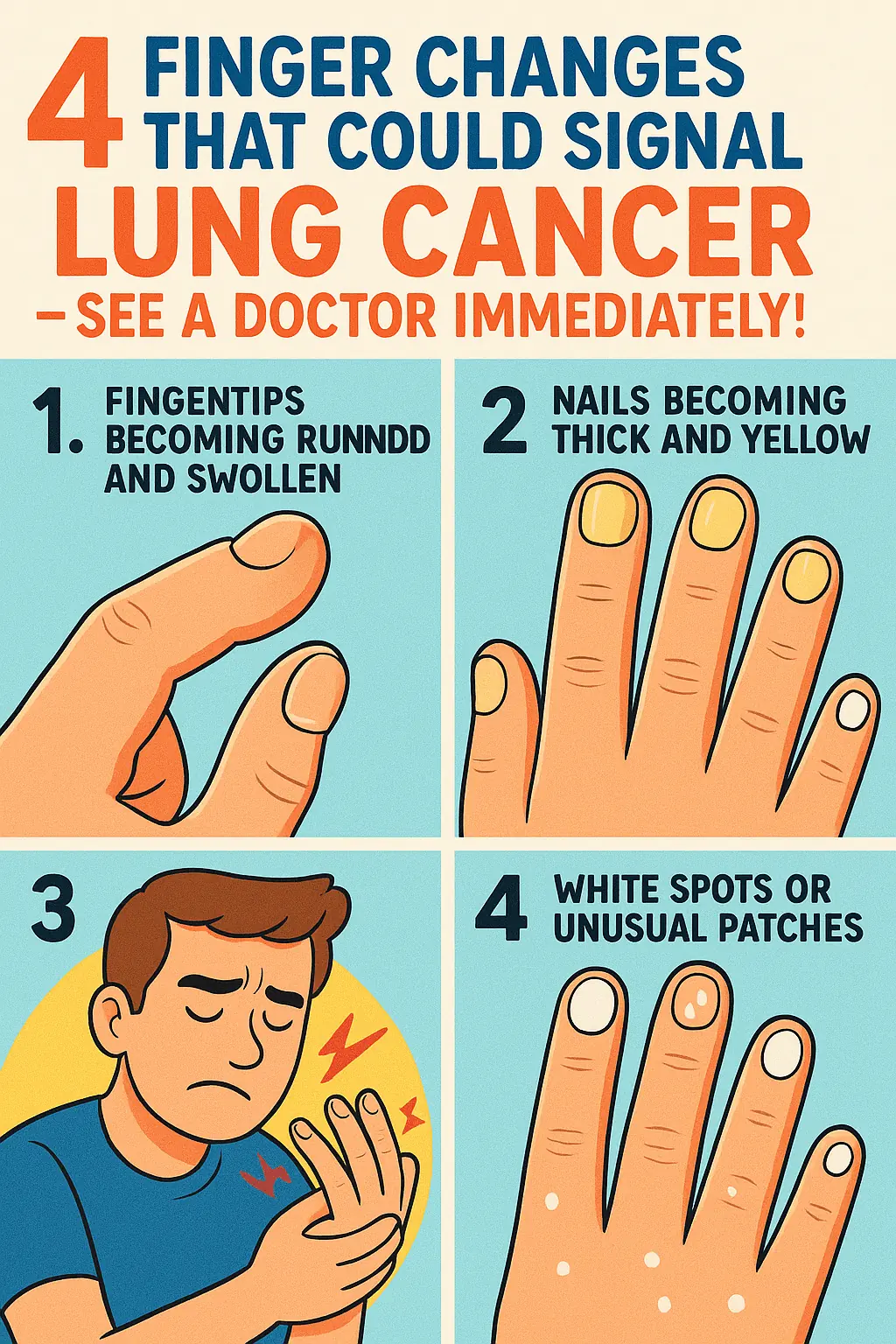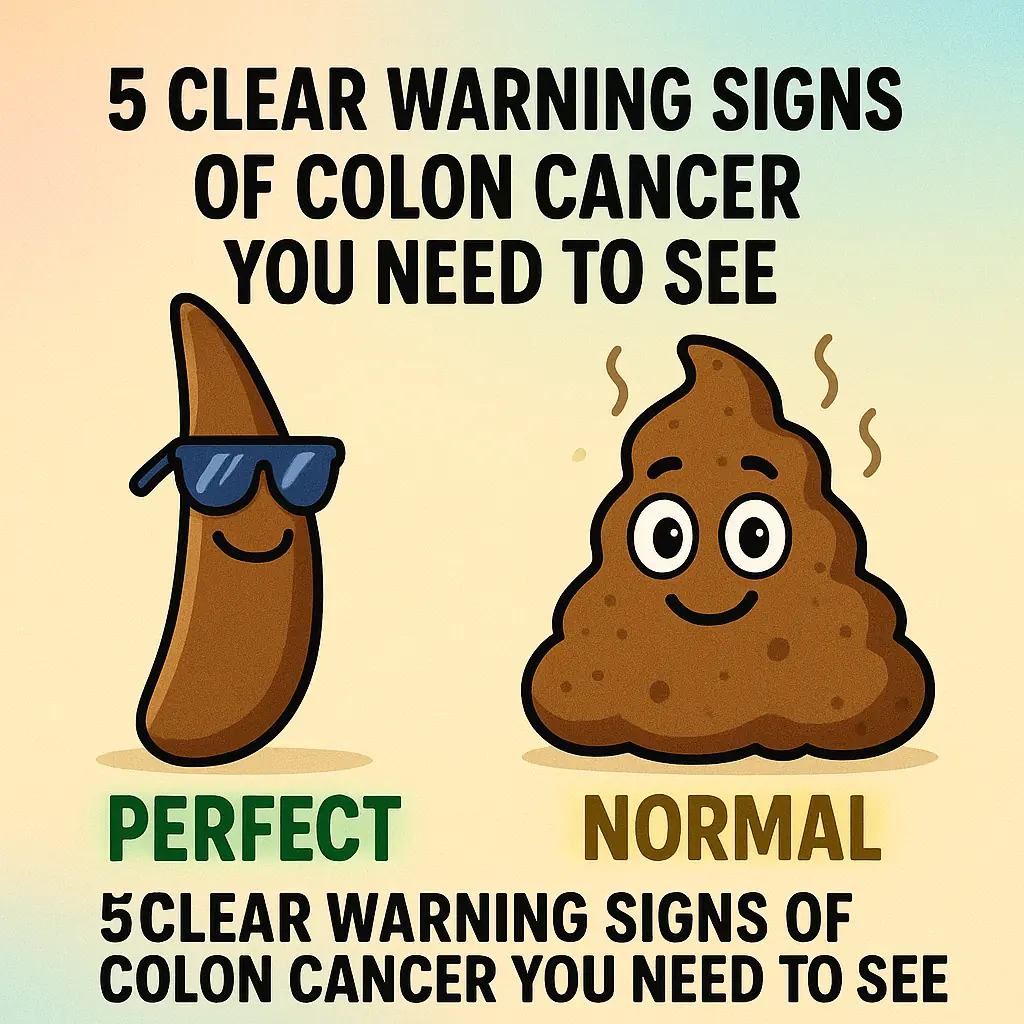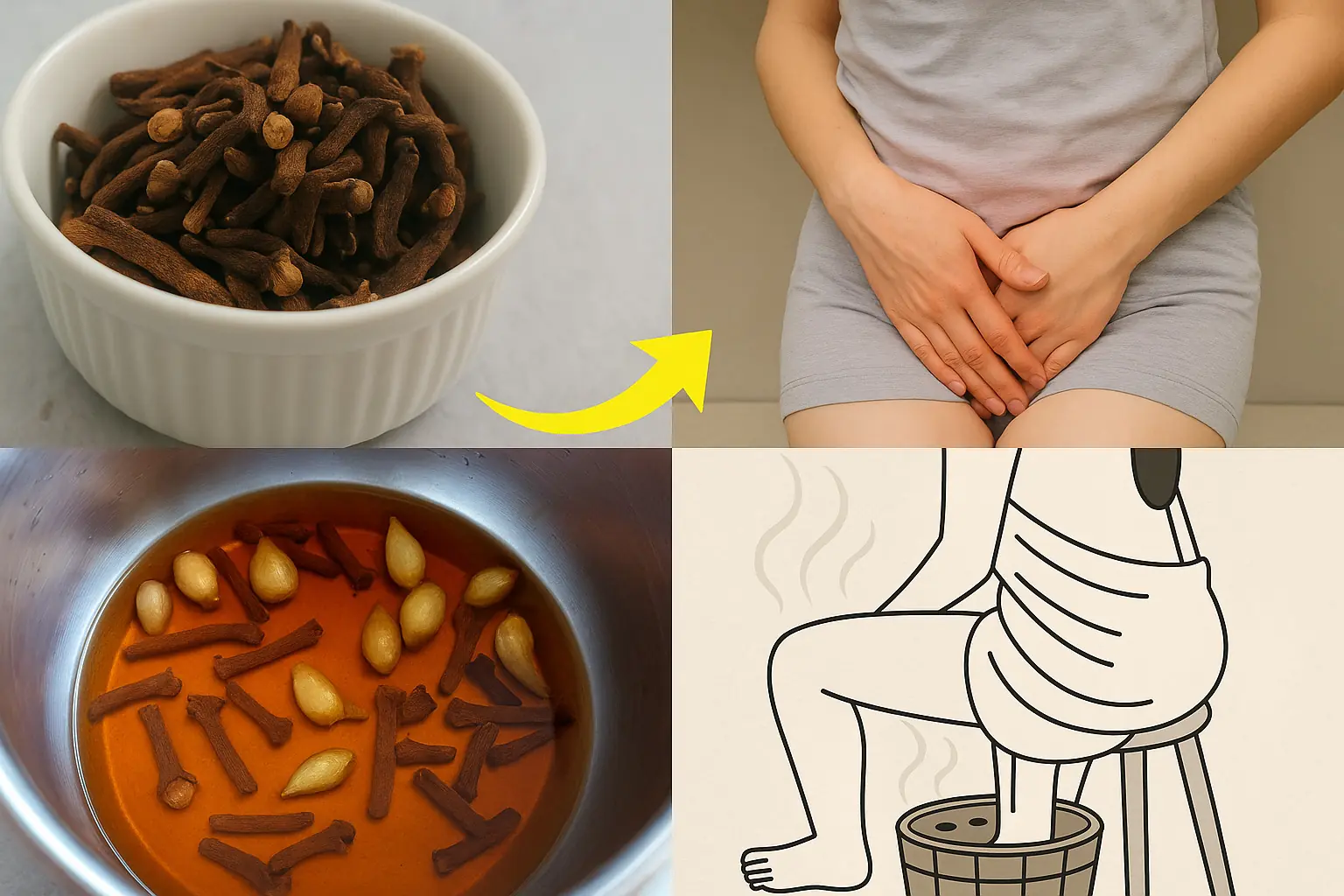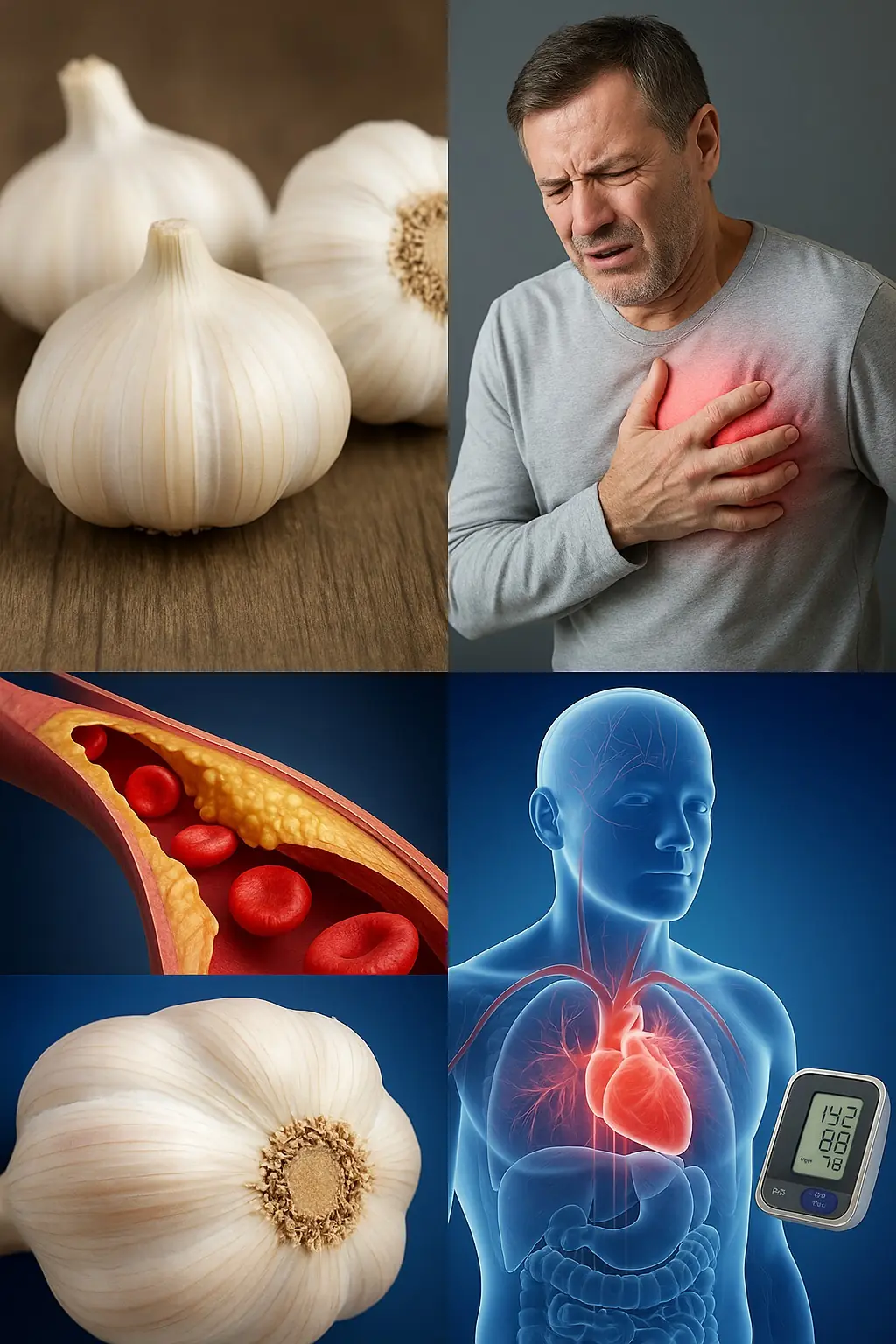Fatty liver, also known as hepatic steatosis, is a silent condition that affects millions of people worldwide. It is characterized by excessive fat accumulation in liver cells, which can lead to serious health problems if not treated promptly. In this article, you will learn how to identify the symptoms of fatty liver and how to reverse this disease through lifestyle changes.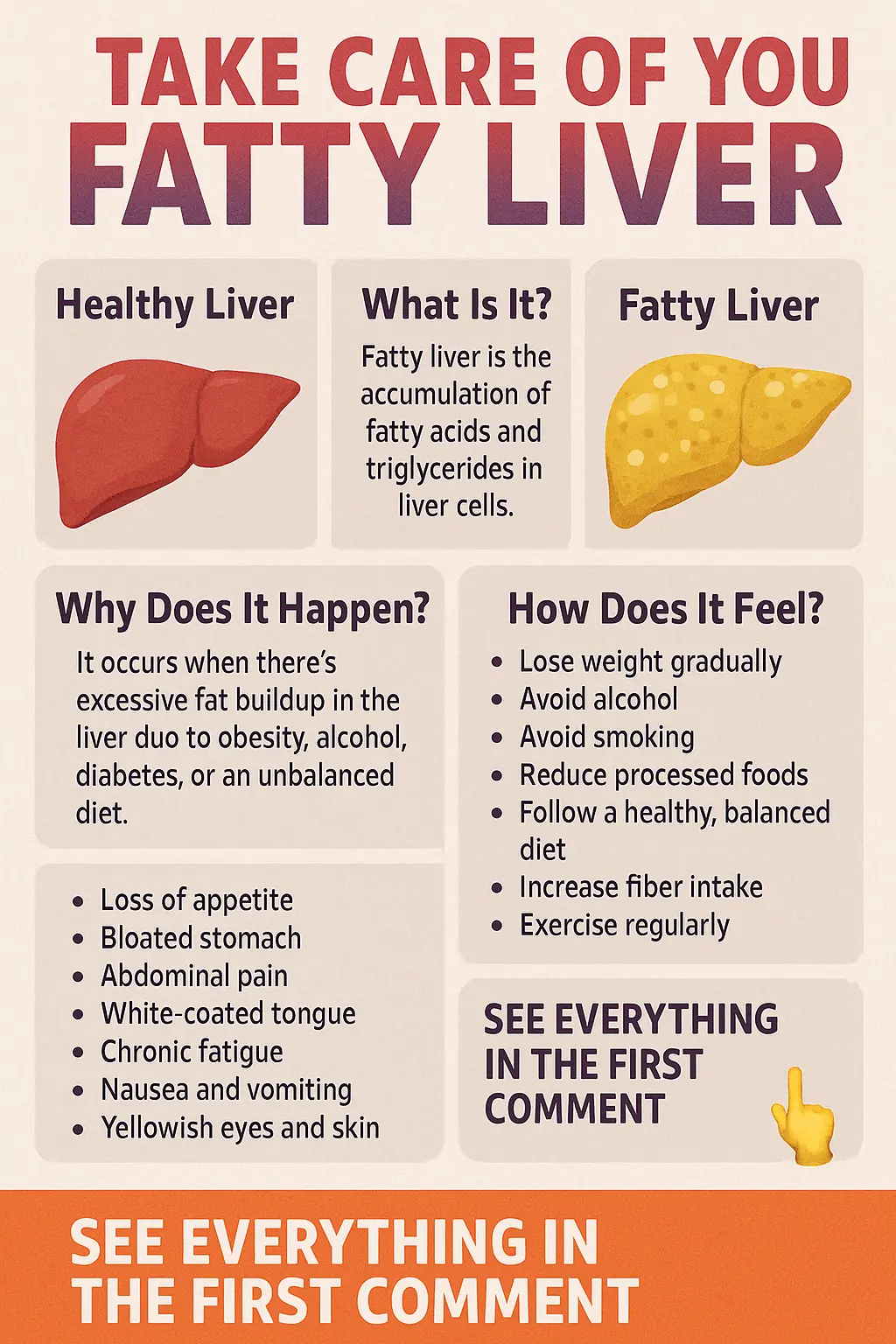
Definition and Comparison
The liver is a vital organ that performs numerous functions, including metabolizing nutrients and detoxifying harmful substances. In a healthy liver, liver cells maintain a proper fat balance. However, when this balance is disrupted, fatty liver develops. This condition can be observed by comparing a healthy liver, which has a uniform dark brown color, to a fatty liver, which shows areas of fat buildup that can interfere with normal function.
Causes of Fatty Liver
The causes of fatty liver vary but are generally linked to an unhealthy lifestyle. The most common factors include:
-
Obesity: Excess body fat, especially around the abdomen, is one of the main risk factors.
-
Excessive alcohol consumption: Alcohol can damage liver cells and contribute to fat buildup.
-
Poor diet: Eating foods high in added sugars, saturated fats, and refined carbohydrates can negatively affect liver health.
When combined, these factors can impair the liver’s ability to properly process fat, leading to its accumulation.
Consequences of Fatty Liver
Fatty liver can progress without obvious symptoms, making it a silent threat. Without intervention, it can advance to more severe stages, such as:
-
Hepatic steatosis: Mild excess fat in the liver without inflammation.
-
Non-alcoholic steatohepatitis (NASH): A more serious form that includes inflammation and liver cell damage.
-
Cirrhosis: Scarring of the liver, which can be life-threatening.
-
Liver cancer: Long-term, severe cases can increase the risk of liver cancer.
Symptoms to Recognize
In its early stages, fatty liver often has no clear symptoms. As it progresses, watch for:
-
Loss of appetite
-
Bloated stomach
-
Pain in the upper abdomen
-
Pale or whitish stools
-
Tiredness and fatigue
-
Nausea and vomiting
-
Dizziness and drowsiness
Paying attention to these symptoms and seeking medical advice early can greatly improve treatment outcomes.
Treatment and Prevention of Fatty Liver
The good news is that fatty liver can be reversed with lifestyle changes. Effective recommendations include:
-
Adopt a healthy diet: Reduce sugar, saturated fats, and ultra-processed foods; increase fruits, vegetables, healthy fats, and lean proteins.
-
Lose weight: If overweight, losing 5–10% of your body weight can significantly improve liver health.
-
Increase physical activity: Regular exercise helps the body metabolize fat more efficiently.
-
Avoid alcohol: Limiting or eliminating alcohol is essential for liver health.
-
Consider natural remedies: Green tea, dandelion, boldo, and milk thistle may offer benefits for liver function.
Making these changes not only helps reverse fatty liver but also improves overall health and reduces the risk of other chronic diseases.
Conclusion
Fatty liver is a silent condition that can have serious consequences if left untreated. By recognizing its symptoms and causes, and by adopting a healthy lifestyle, you can reverse this disease and protect your health. Don’t wait until it’s too late—start caring for your liver today, and remember that prevention is always the best medicine.
